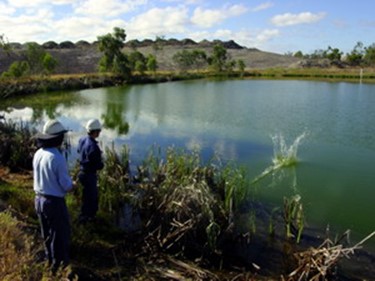2020 Southway, K. (2020) Tackling saline mine pit lakes. Australian Mining Review August 17, 2020, https://australianminingreview.com.au/features/tackling-saline-mine-pit-lakes/ link – interview with Mark Lund 2017 Blanchette, M. and Lund, M.A. (2017) Turning Hazelwood’s empty coal mine into a lake could help heal mining towns. The Conversation, https://theconversation.com/turning-hazelwoods-empty-coal-mine-into-a-lake-could-help-heal-mining-towns-74258. link Lund, M.A. and Blanchette, M.L. (2017) Mine Closure: enhancing the prospects for future generations. ECU research making a difference. p 18-19. PDF 2014 Lund, M.A., Blanchette, M.L., Newport, M. and Wyse, L. (2014) The Mine Water and Environment Research Centre in Western Australia: Engaging students in academics and industry. Poster presented at the Joint Aquatic Sciences Meeting in Portland,…
MiWER in the media



